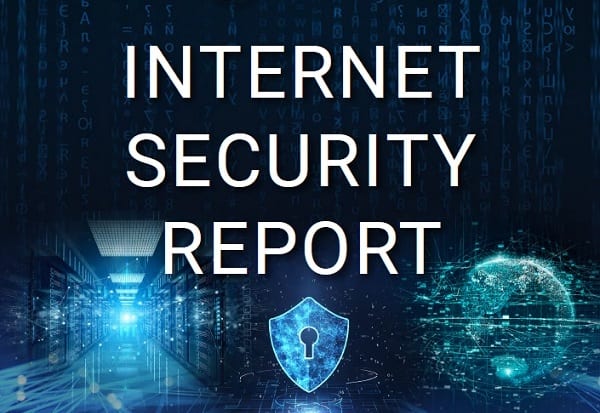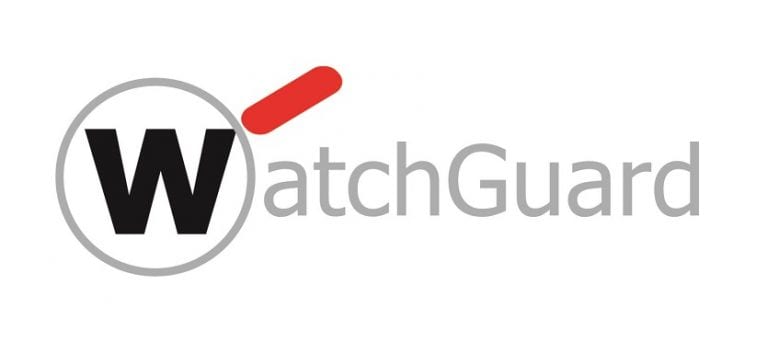After a very difficult 2020, filled with the pandemic, global political strife and regional societal conflicts, everyone was looking for a fresh start in 2021. Not only did last year’s global discord affect us all personally, but it also brought changes to the IT world that resulted in new threat landscape trends, which required reimagined protections. Unfortunately, global events of last year’s proportion don’t reverse overnight, so things did not go back to normal in Q1 (and we’ll likely see a new normal going forward anyway). That said, there is light at the end of the tunnel. Buddha said, “No matter how hard the past is, you can always begin again,” which reminds us we can always start fresh to improve our cybersecurity anytime we want, new year or not.
As mentioned, 2021 didn’t reverse the 2020 remote work trends overnight—far from it. As I write this in late Q2, remote work is still the norm among knowledge-based organizations. The good news is a return to some normalcy seems on the horizon in North America. While there are still areas of the world that will take more time to recover, we suspect many knowledge-based workers will have the option to return to the office in Q3. Does that mean office work will return to its normal level? Probably not, but we do expect to see a much better ratio of people working behind the network perimeter soon.
Why does this matter to security? The 2020 change in remote workforce had huge implications in how IT does cybersecurity and even affected the malware and network attack trends we see every quarter. At a high-level, we saw less malware detected at the network perimeter every quarter following the pandemic. However, that does not mean overall malware is down. Malware detected by endpoint security increased, following the remote workers and their devices home.
That also doesn’t mean perimeter security dies with more remote work. As malware dropped, network attacks rose on the perimeter, plateauing to a three-year high in Q1 2021. Even if users moved home, the adversary realizes all our servers and supporting services still reside in our offices or our Clouds. We saw network attacks increase almost every quarter throughout the pandemic.


